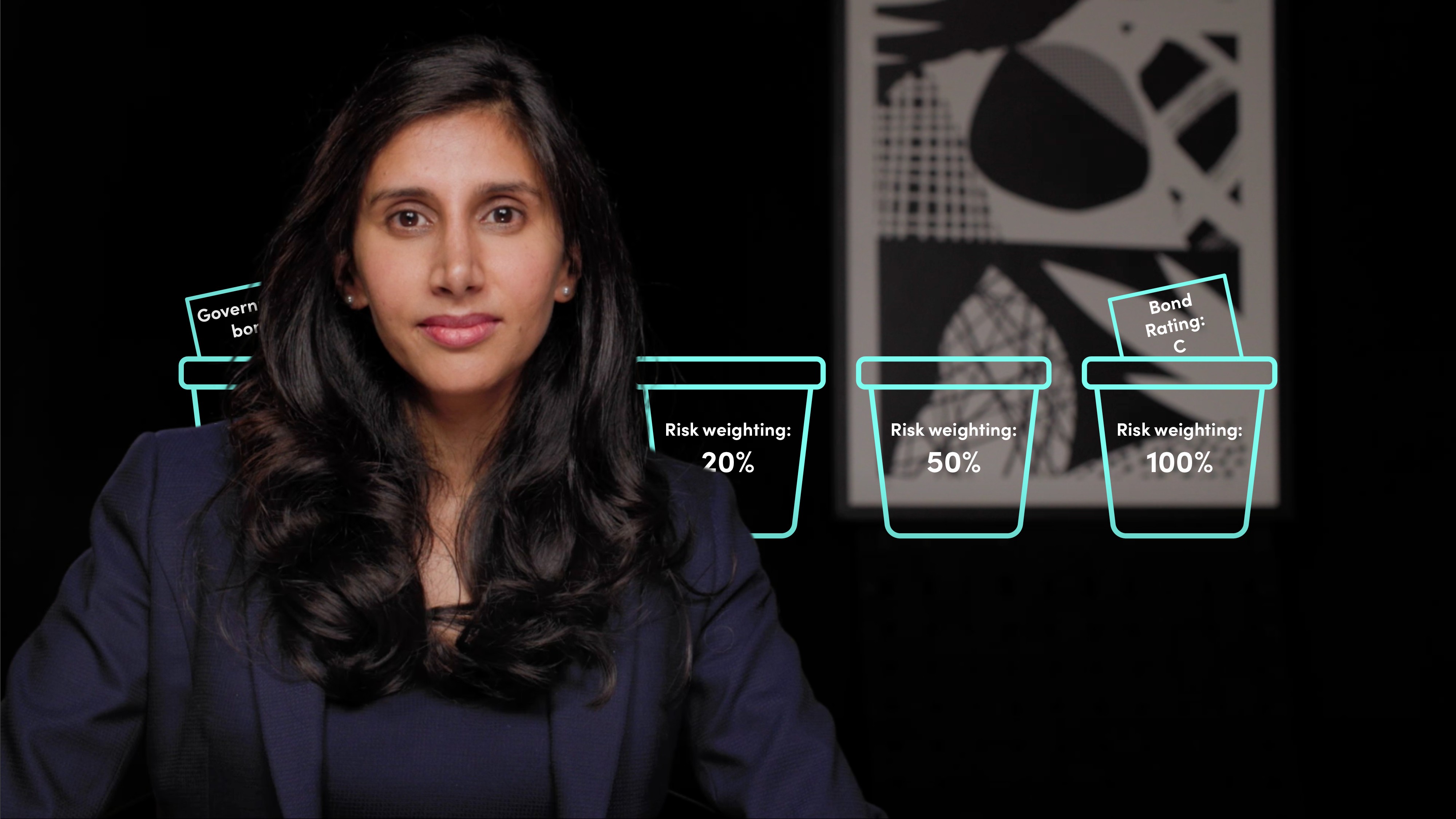
Risk-Weighted Assets
Under global banking prudential regulatory frameworks, banks are required to meet a series of core ratios relating to capital, liquidity, stable funding and leverage. Many of the regulatory requirements are based on their asset bases adjusted for how risky they are. Banks holding high-risk assets are required to maintain higher capital levels relative to banks that hold mainly low-risk assets. There are a number of requirements that banks have to maintain to determine their stack of risk-weighted assets, known as RWA. In essence, banks are required to classify their assets into various risk buckets and apply multipliers that increase in line with the riskiness of their assets. The multipliers are based on the risk of losses (the exposure amount) that rises as the riskiness of assets increases. The standard for applying these multipliers was drafted by the Basel Committee on Banking Supervision, and each jurisdiction has signed them into their own regulatory requirements. Banks can calculate their RWA using the standardised approach (SA) methodology, or, in the case of larger more complex banks, using a so-called internal ratings-based (IRB) approach. But to prevent large banks using IRB to game the riskiness of their assets and reduce their capital adequacy requirements, regulators have applied a so-called output floor that dictates that RWA calculated using the IRB must be at least 72.5% of RWA calculated using the SA by 2028.




























